Having parachuted nine miles to the west of Arnhem during the early afternoon of 17th September 1944 2nd Parachute Battalion, reinforced by elements from the 1st Parachute Brigade reached the road bridge at dusk.
In total this was a force of approximately 750 men with over 300 from 2nd Parachute Battalion, elements of C company from 3rd Parachute Battalion, over 100 each from the Royal Engineers and Brigade HQ, 30 from RASC, 5 Six Pounder Guns and crews from 1st AL ATK Bty as well as a dozen Glider Pilots, Major Freddie Gough and some men of the Recce Corps, REME, Provo Coy and RAOC. German opposition at the bridge would eventually total over 1,000 backed by armoured vehicles.
Initially, the German guards were surprised and overwhelmed at the north end of the bridge but an attack by A company to capture the opposite bank was repulsed. Lt Col Frost commanding 2nd Parachute Battalion established a tight perimeter in houses overlooking the northern bridge exit.
Until the Germans appreciated what was going on, uncoordinated crossings and attacks were easily beaten off during the night.
On the morning of the 18th September an ill judged attempt by the Panzer Reconnaissance Battalion of the 9th SS Hohenstaufen Division to rush the bridge was shot to pieces on the exit ramp, blocking the road. Infantry and panzer attacks began to materialise first from the factory district east of the bridge and then from the wider road approaches from the north, driven home by the Kampfgruppen Brinkman and Knaust. These were beaten back as also less coordinated attacks from the west.
An attack by 3rd Parachute Battalion and 1st Parachute Battalion along the lower road and 11th Parachute Battalion and 2nd South Staffs on the high road approaching from the west along the river was blocked by the Germans during the night of 18/19th September. They got to within 900 yards of Frost’s beleaguered positions but suffered such heavy casualties they had to fall back to Oosterbeek. The 2nd Parachute Battalion was now completely cut off.
Between the 19th to the 20th September the Germans began to systematically pulverise houses with tank guns and artillery to gain entry and burn the paratroopers out.
Some of the fiercest fighting of the war raged around the bridge. Frost was wounded by the 20th September and packed alongside 200 casualties sheltering in the cellar beneath his headquarters. Paratroopers re-occupied burned out buildings before the Germans because they were more prepared to fight amid red hot rubble. Attacking SS soldiers told of their men being attacked by paratroopers armed only with knives because they had run out of ammunition.
The 1st Airborne Division had been tasked to hold the bridge and environs for 48 hours before being relieved by the approaching XXX Corps, fighting up the ‘airborne corridor’ laid down by the American airborne divisions. Frost’s battalion group held for three days and four nights. During the night of the 20/21st September the survivors were ordered to break out as the Germans mopped up the final opposition.
The fight at the Arnhem Bridge has encapsulated for many the epic nature of the stand of the 1st Airborne Division at Arnhem and Oosterbeek for nine days in September 1944. In fact the original plan called for an entire Airborne Division to seize and hold the Bridge for 2 days, but in reality just over 700 men held it for 3 days and 4 nights at terrible cost, with over 90 of them killed at the time, or later dying of wounds, with the rest taken prisoner.

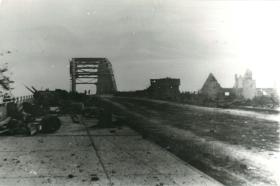
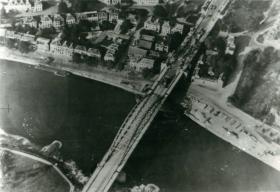
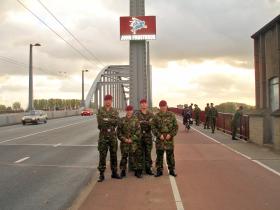
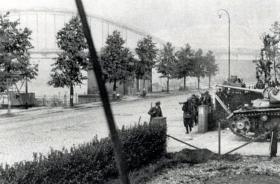
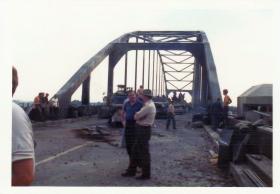
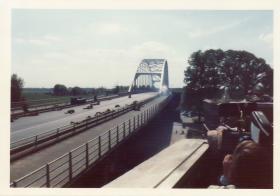
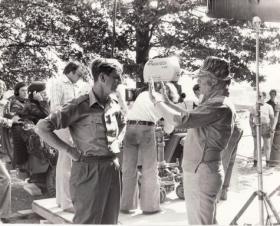
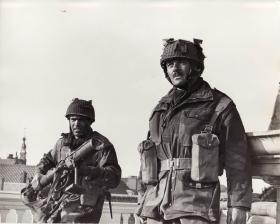
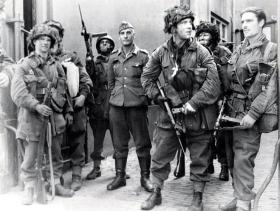
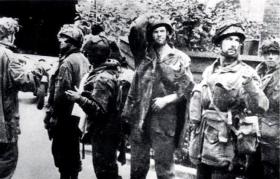
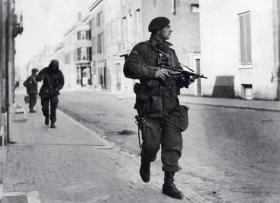
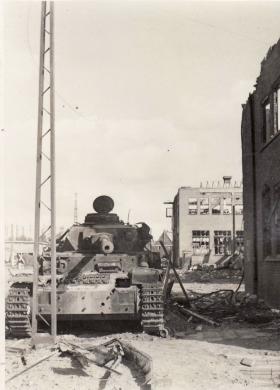
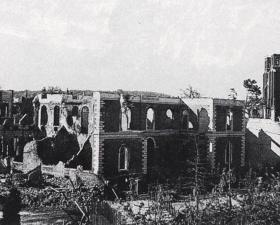

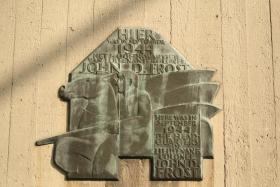
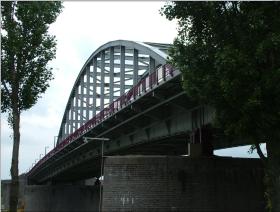
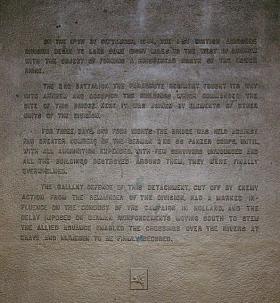
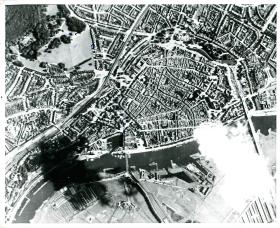
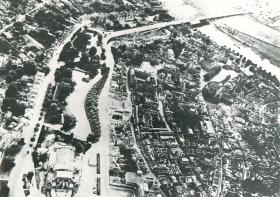
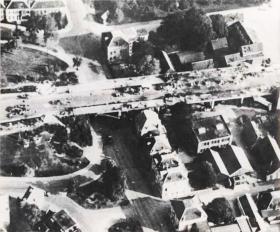
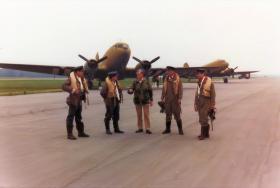
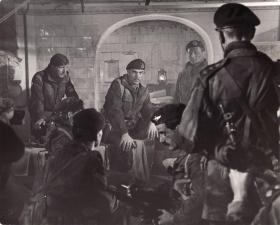
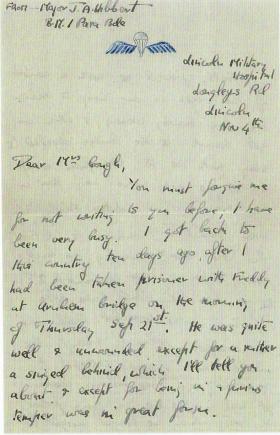
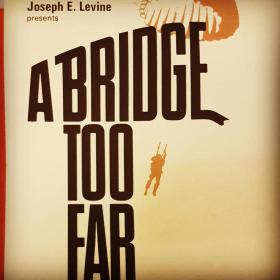




Latest Comments
There are currently no comments for this content.
Add Comment
In order to add comments you must be registered with ParaData.
If you are currently a ParaData member please login.
If you are not currently a ParaData member but wish to get involved please register.